
Private View 6th June 2019, 6-9pm
Civic Duty examines public life defined by its prohibitions and exclusions, bringing together a selection of intergenerational artists that investigate or draw from various marginalised positions to explore broader social and political ground. It comments on the mundane violence of institutional care and welfare structures that produce the administration of social control, rendering the body either necessarily functional or silenced, ignored and erased. The mechanics of urban infrastructure are represented in the exhibition from the materials and machines that enact civic protocols to the tools that maintain order and regulate movement of bodies relating to their safety, health and the autonomy of others.
Three new oil paintings ‘Walk’ 2019 on 1/8 inch industrial steel by Sam Lipp depict cellphone images of US pedestrian signs, using photographic likeness to depict an often unnoticed but pervasive aspect of everyday life. They put into play associated binaries of stop and go, black and white, light and dark, positive and negative.
Donald Rodney’s ‘Psalms’ (1997) is a motorised wheelchair that uses sensors and a neural network-based computer programme to move autonomously around the room. The system continuously maps the space, avoiding obstacles and humans. The work was originally exhibited at South London Gallery in 1997 for the artist’s solo exhibition ‘9 Night in Eldorado’, to represent Rodney’s presence (who was unable to attend due to his chronic illness). 8 sonar sensors, shaft-encoders, video camera and rate gyroscope determine its position and encode 25 semi-circular sequences of movements to perform its trajectory. Rodney lived with sickle-cell anaemia and died in 1998 at age 36.
The sound of rushing air radiates through the gallery’s rear space, resonating from twelve Dohm white noise machines mounted to the ceiling in Carolyn Lazard’s ‘A Conspiracy’. The machines (often used in therapists offices, hospital bedsides, acupuncture centres and hotel rooms) mask sound and create background stimulation; the result can aid relaxation and cognitive function. The sound forms a manufactured sanctuary with the resonating machines arranged into grids set to ‘overdrive’. First exhibited in ‘Trigger: Gender as a Tool and a Weapon’ New Museum, New York City (Sept. 2017 - Jan. 2018).
‘Vanishing Point’ #4 and #5 (2009) are part of a larger series by Adrian Piper that repurpose administrative material such as reports and other official documents. Two pages from partially completed employment applications are altered and blocked out with pencil and ballpoint pen alongside a series of ‘gun target’ concentric circles. The defaced document is rubbed and eroded with sandpaper to the point of complete erasure.
Curator Milika Muritu
Carolyn Lazard (b. 1987, USA) artist/writer lives and works in Philadelphia. Recent group exhibitions include the current ‘Whitney Biennial’, New York (2019), and ‘Body Electric’, Walker Art Center, Minneapolis, USA (2019), ‘Trigger: Gender as a Tool and a Weapon’, New Museum, New York (2017). Solo projects and two person exhibitions include ‘If you can’t share no one gets any’, LUX London (2018), ‘Epigenetic, Juliana Huxtable and Carolyn Lazard’, Shoot the Lobster, New York (2018). In April 2019 Triple Canopy launched Lazard’s second publication ‘The World Unknown’.
Sam Lipp (b. 1989, UK) lives and works in New York City. Solo exhibitions include ‘Incest’, Bonny Poon, Paris (2019), Bodega, New York (2016), 'Abandonment', Central Fine, Miami (2015) and 'I'm An American Citizen, I Know My Rights', Neochrome, Turin (2015). His work was included in the survey 'Michael Jackson: On The Wall', National Portrait Gallery, London (2018), Grand Palais, Paris (2018), Bundeskunthalle, Bonn (2019) and has appeared in group shows including ‘In the hopes of not being considered’ Kate Werble Gallery, New York (2017), ‘Aunt Nancy’ Night Gallery, Los Angeles (2016), ‘Great Depression’ Balice Hertling, Paris (2016). Lipp is co-founder and director of Queer Thoughts, New York.
Sam Lipp (b. 1989, UK) lives and works in New York City. Solo exhibitions include ‘Incest’, Bonny Poon, Paris (2019), Bodega, New York (2016), 'Abandonment', Central Fine, Miami (2015) and 'I'm An American Citizen, I Know My Rights', Neochrome, Turin (2015). His work was included in the survey 'Michael Jackson: On The Wall', National Portrait Gallery, London (2018), Grand Palais, Paris (2018), Bundeskunthalle, Bonn (2019) and has appeared in group shows including ‘In the hopes of not being considered’ Kate Werble Gallery, New York (2017), ‘Aunt Nancy’ Night Gallery, Los Angeles (2016), ‘Great Depression’ Balice Hertling, Paris (2016). Lipp is co-founder and director of Queer Thoughts, New York.
Adrian Piper (b. 1948, USA) is an artist and philosopher based in Berlin (DE). Her acclaimed retrospective ‘Adrian Piper: A Synthesis of Intuitions, 1965-2016’ appeared at The Museum of Modern Art, New York in 2018 along with solo exhibition ‘Adrian Piper: The Mythic Being’ at MAMCO, Geneva (Oct. 2017- Feb. 2018). Piper’s work has appeared in major museums and public institutions worldwide since 1969 and in 2015 she won the ‘Golden Lion’ in the International Exhibition of the 56th Venice Biennale. Acclaimed published essays by Piper, are ‘Out of Order, Out of Sight: Selected Writings in Meta-Art and Art Criticism, 1967-1992’, 2 vols. (MIT Press, 1996) and ‘Escape to Berlin: A Travel Memoir’ (Adrian Piper Research Archive Foundation Berlin, 2018).
Donald Rodney (b. 1961- 1998, UK) was a leading figure in Britain’s BLK Art Group during the 1980’s. A retrospective of his work ‘Re-imaging Donald Rodney’, was presented at Vivid Projects, Birmingham (UK) 2016 and selected for ‘British Art Show 5’in 2000. His solo exhibitions include ‘9 Nights in El Dorado’ South London Gallery (1997), and ‘Crisis’ Chisenhale Gallery (1989). Selected group exhibitions include ‘Truth, Dare, Double Dare’ Ikon Gallery, Birmingham (1994), ‘Body Visual’ The Barbican Centre, London (1996) and ‘Representing the Body in Contemporary Art and Society’, Welcome Trust, London (1996). In 1996 he received the Paul Hamlyn Foundation Award for Sculpture. Rodney’s collection of works and archive material are held by Tate Gallery Collections.
Thanks to Mike Phillips and the estate of Donald Rodney.
Developed with the generous support of Arts Council England, Marpac LLC, Cockayne and the London Community Foundation.




Curator Milika Muritu












![Carolyn Lazard, 'A Conspiracy', 2017, Civic Duty, 2019 Carolyn Lazard, 'A Conspiracy' [detail], 2017, Dohm white noise machines, Dimensions variable, Civic Duty, 2019, Cell Project Space](https://www.cellprojects.org/files/styles/half-width/public/images/artworks/14._carolyn_lazard_a_conspiracy_2017_civic_duty.jpg?itok=meo5aZB7×tamp=1562586315)
![Carolyn Lazard, 'A Conspiracy', 2017, Civic Duty, 2019 Carolyn Lazard, 'A Conspiracy' [detail], 2017, Dohm white noise machines, Dimensions variable, Civic Duty, 2019, Cell Project Space](https://www.cellprojects.org/files/styles/full-fluid-wide/public/images/artworks/14._carolyn_lazard_a_conspiracy_2017_civic_duty.jpg?itok=Q49JrHkH×tamp=1562586315)












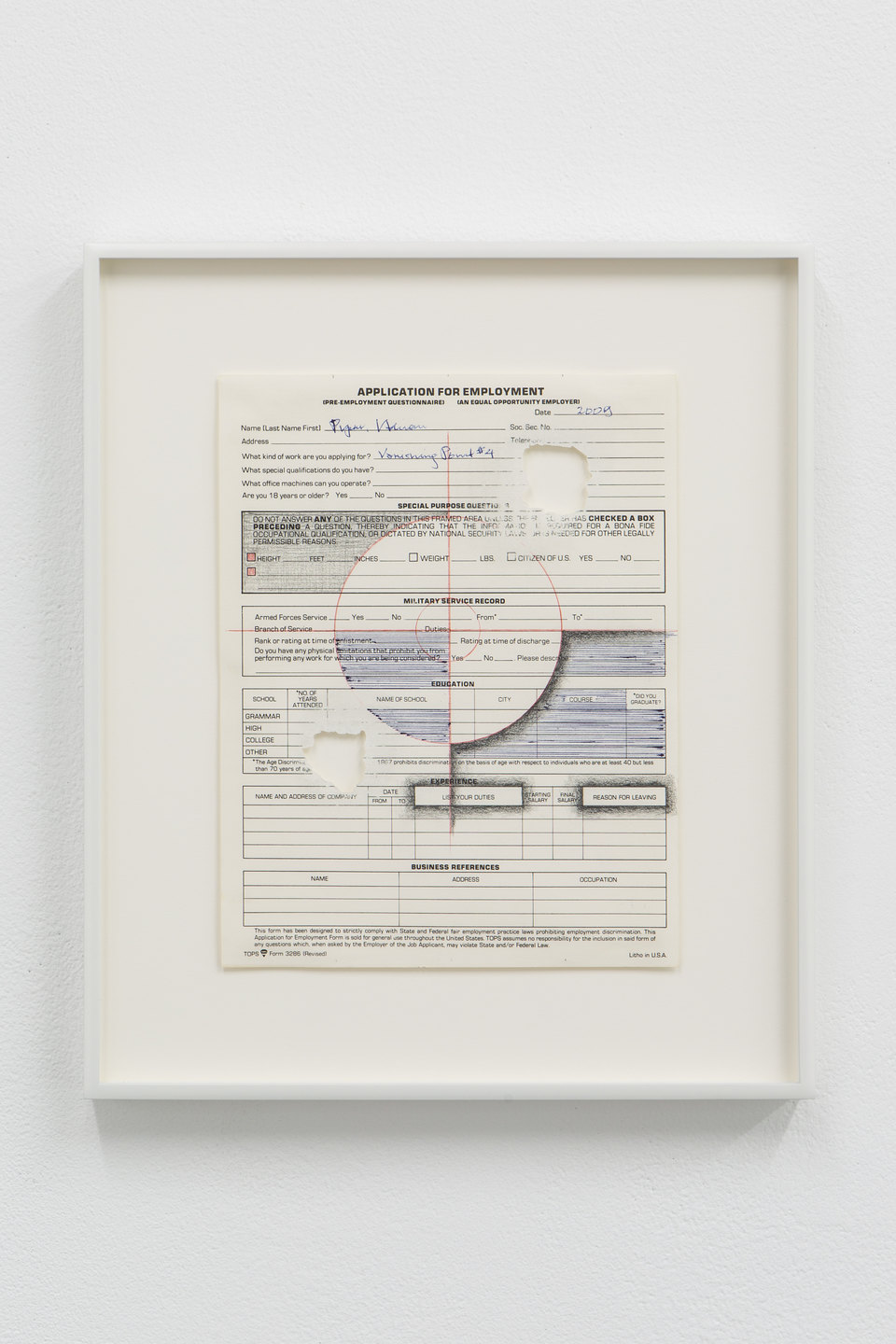
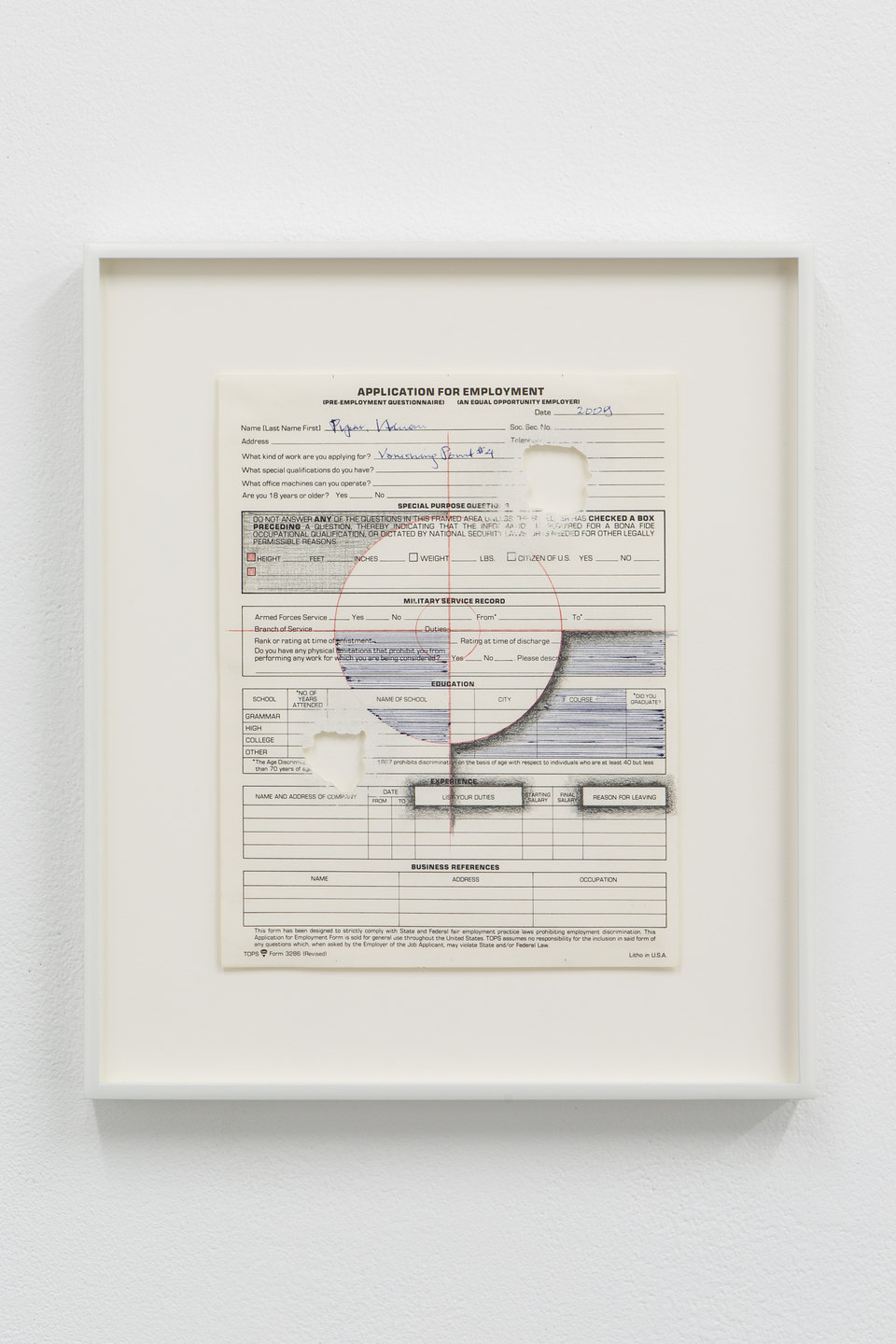
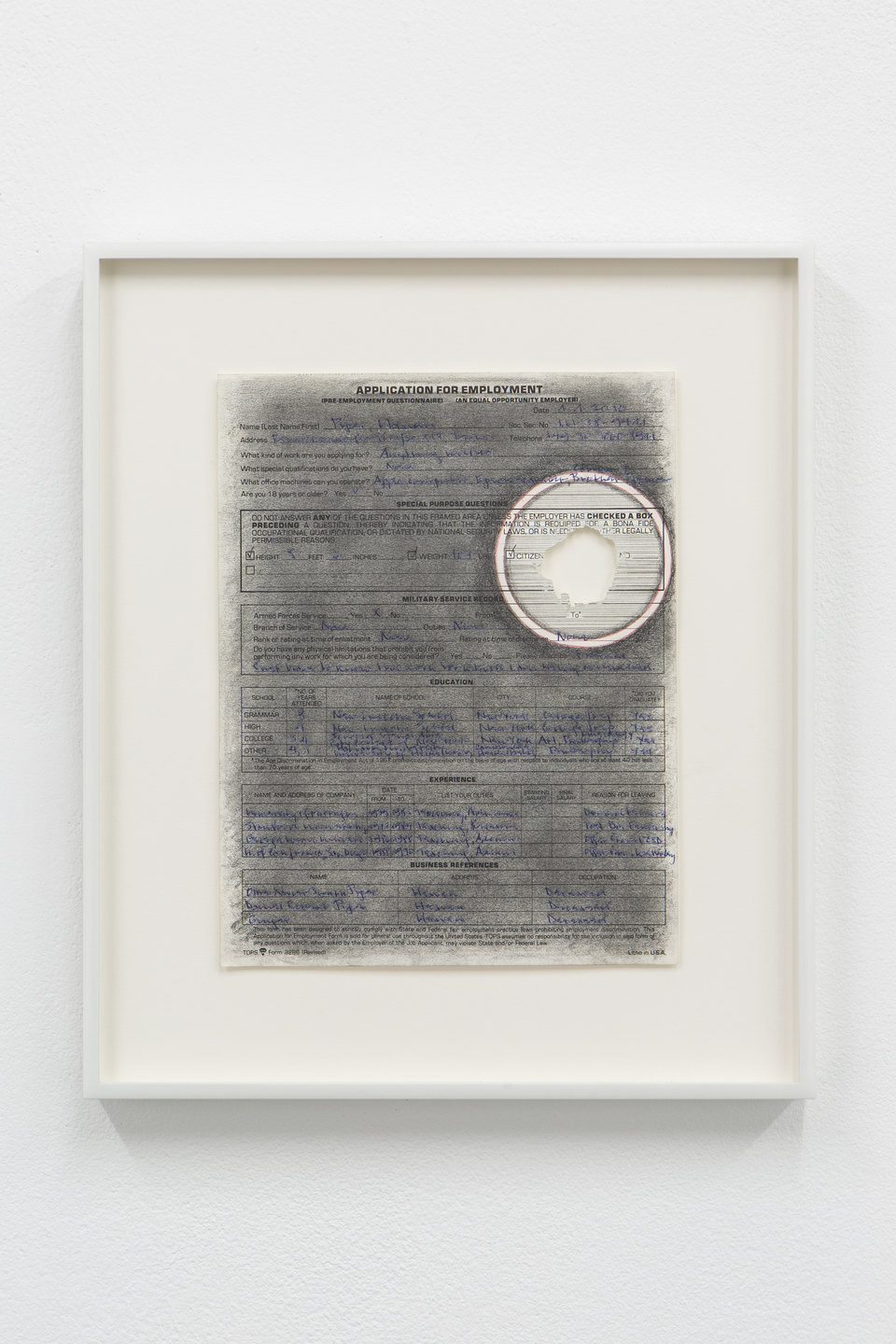
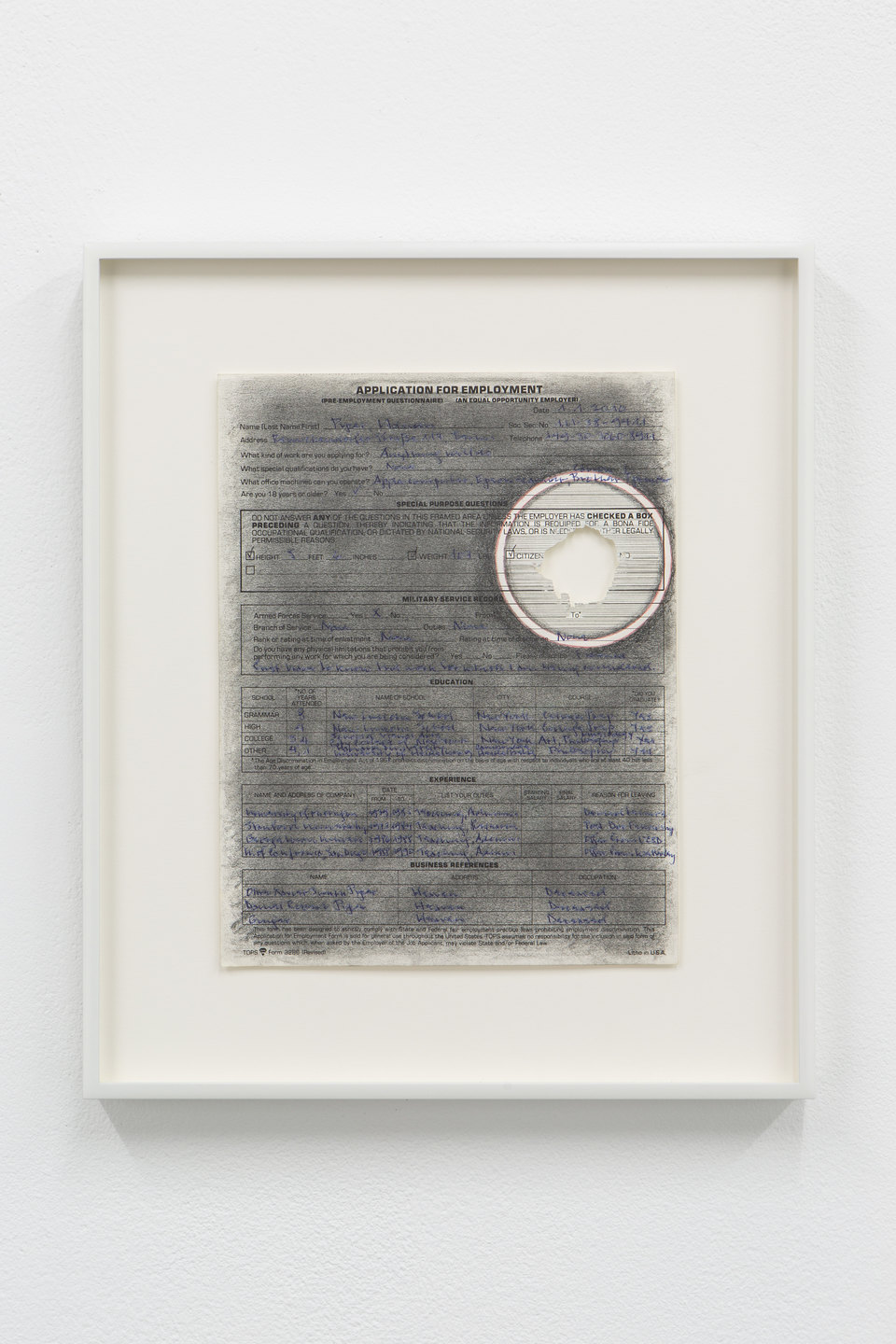
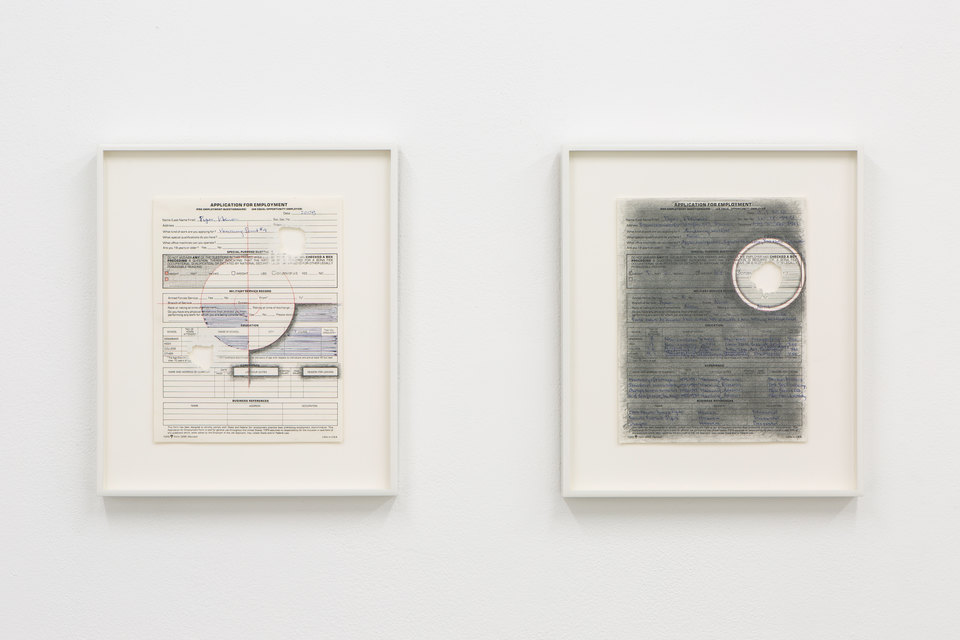
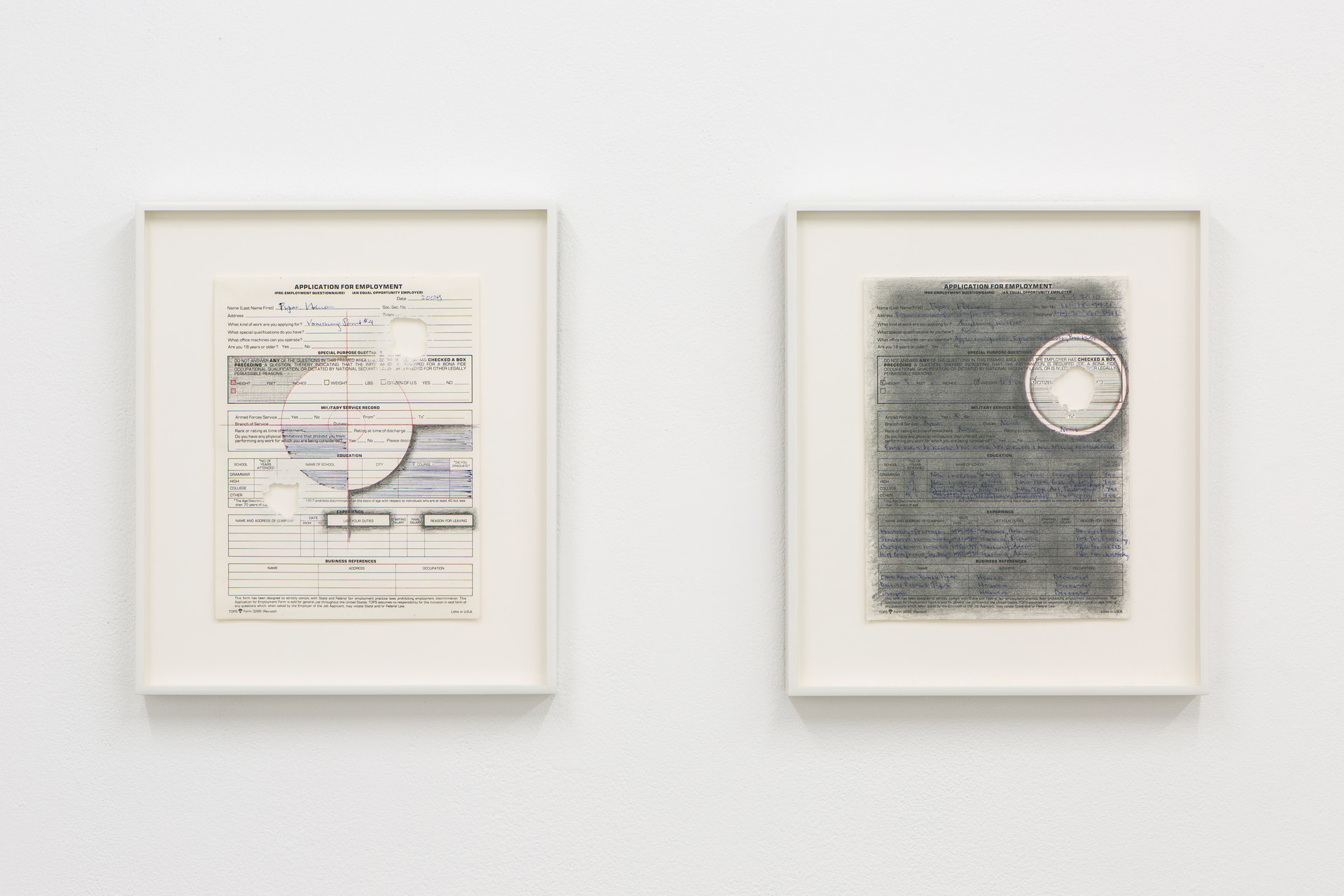
![Donald Rodney, 'Psalms' [detail], 1997, Civic Duty, 2019 Donald Rodney, 'Psalms' [detail], 1997, Wheelchair, computer, proximity sensors, 95 x 65 x 70cm, Civic Duty, 2019, Cell Project Space](https://www.cellprojects.org/files/styles/half-width/public/images/artworks/22._donald_rodney_psalms_detail_1997_civic_duty.jpg?itok=rf86_-j1×tamp=1562586456)
![Donald Rodney, 'Psalms' [detail], 1997, Civic Duty, 2019 Donald Rodney, 'Psalms' [detail], 1997, Wheelchair, computer, proximity sensors, 95 x 65 x 70cm, Civic Duty, 2019, Cell Project Space](https://www.cellprojects.org/files/styles/full-fluid-wide/public/images/artworks/22._donald_rodney_psalms_detail_1997_civic_duty.jpg?itok=wIlYwFto×tamp=1562586456)
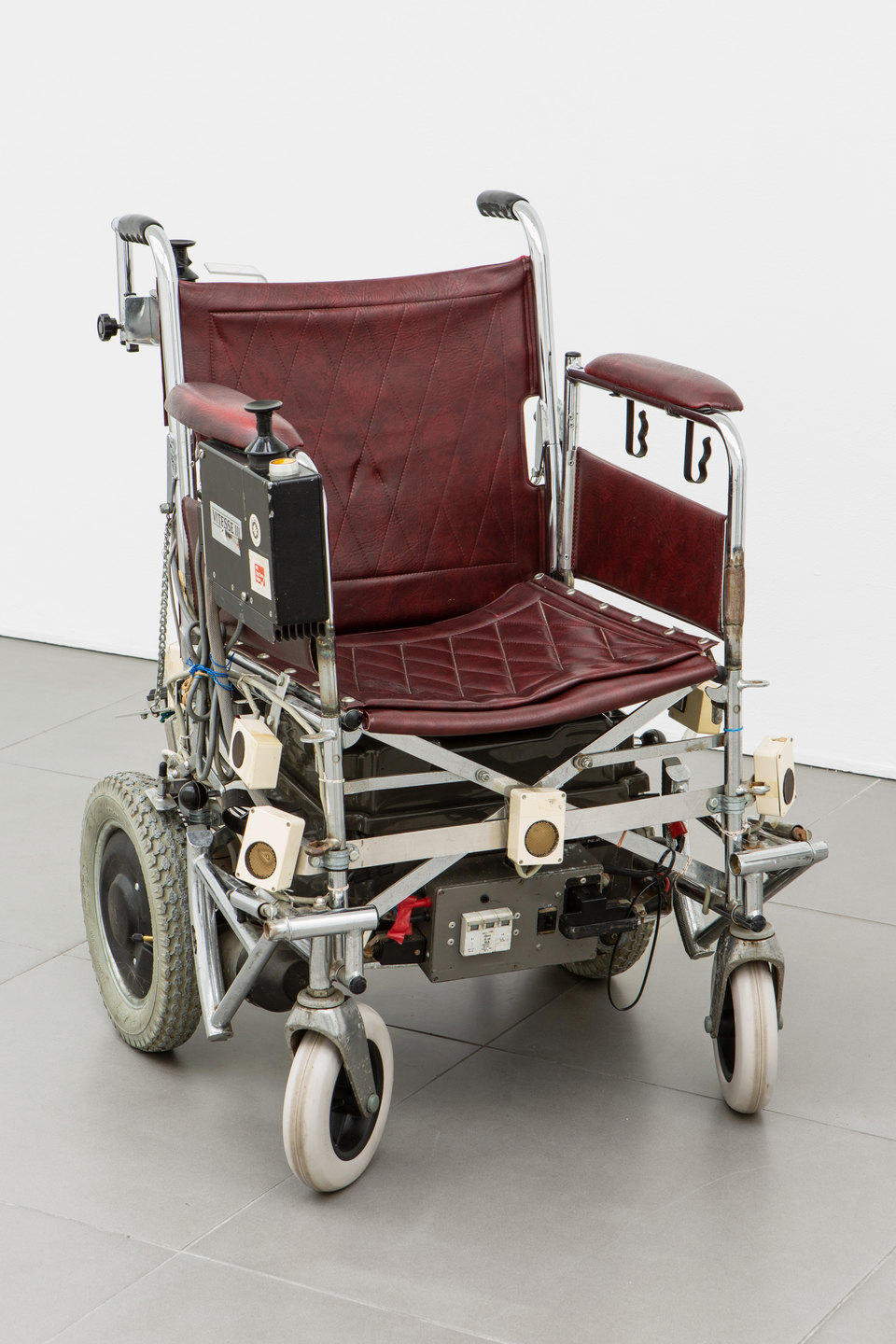
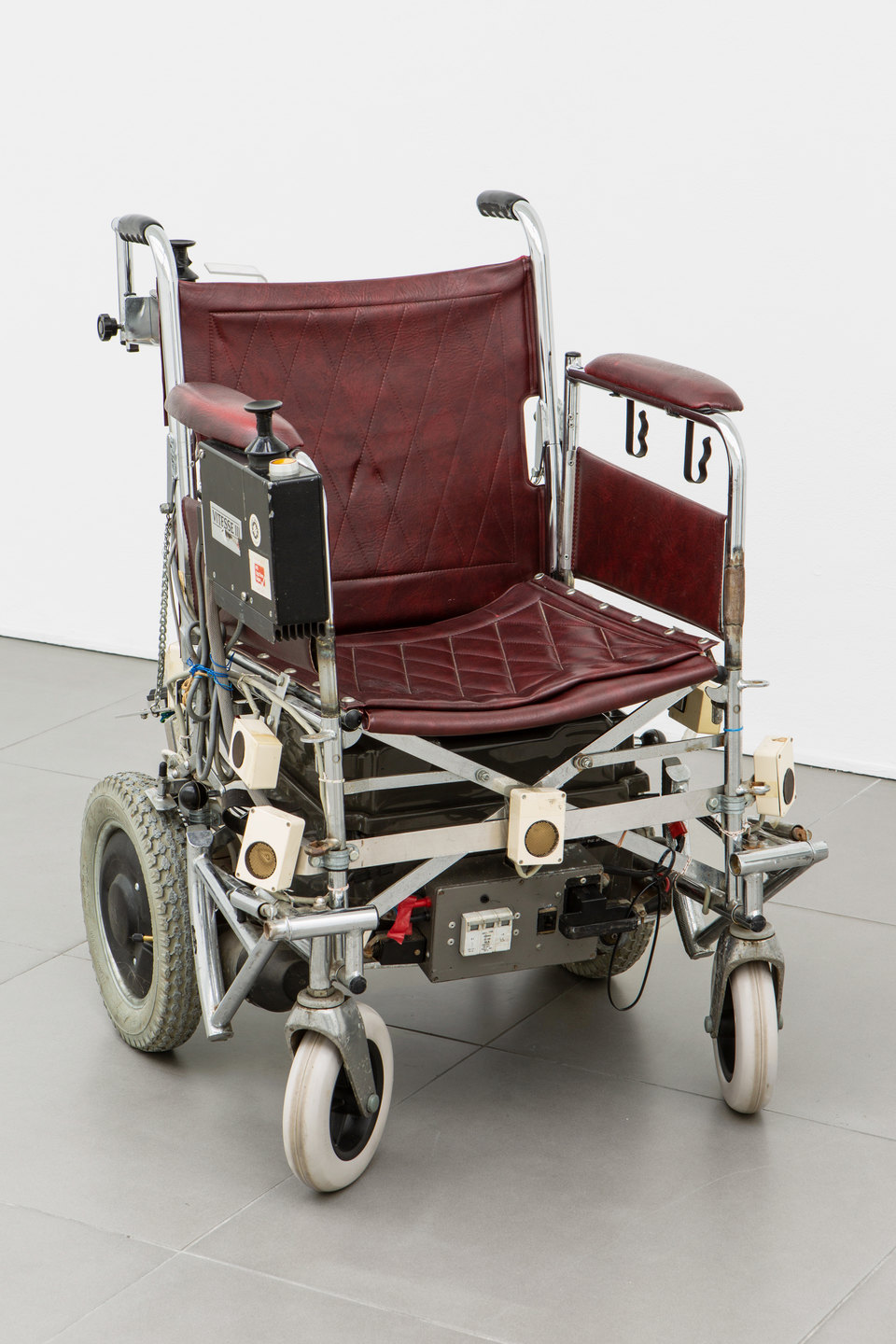
![Donald Rodney, 'Psalms' [detail], 1997, Civic Duty, 2019 Donald Rodney, 'Psalms' [detail], 1997, Wheelchair, computer, proximity sensors, 95 x 65 x 70cm, Civic Duty, 2019, Cell Project Space](https://www.cellprojects.org/files/styles/half-width/public/images/artworks/20._donald_rodney_psalms_detail_1997_civic_duty.jpg?itok=aEhUyBT2×tamp=1562586479)
![Donald Rodney, 'Psalms' [detail], 1997, Civic Duty, 2019 Donald Rodney, 'Psalms' [detail], 1997, Wheelchair, computer, proximity sensors, 95 x 65 x 70cm, Civic Duty, 2019, Cell Project Space](https://www.cellprojects.org/files/styles/full-fluid-wide/public/images/artworks/20._donald_rodney_psalms_detail_1997_civic_duty.jpg?itok=CbOHgowt×tamp=1562586479)
![Donald Rodney, 'Psalms' [detail], 1997, Civic Duty, 2019 Donald Rodney, 'Psalms' [detail], 1997, Wheelchair, computer, proximity sensors, 95 x 65 x 70cm, Civic Duty, 2019, Cell Project Space](https://www.cellprojects.org/files/styles/half-width/public/images/artworks/21._donald_rodney_psalms_detail_1997_civic_duty.jpg?itok=UYePUcch×tamp=1562586490)
![Donald Rodney, 'Psalms' [detail], 1997, Civic Duty, 2019 Donald Rodney, 'Psalms' [detail], 1997, Wheelchair, computer, proximity sensors, 95 x 65 x 70cm, Civic Duty, 2019, Cell Project Space](https://www.cellprojects.org/files/styles/full-fluid-wide/public/images/artworks/21._donald_rodney_psalms_detail_1997_civic_duty.jpg?itok=zEicfnFp×tamp=1562586490)